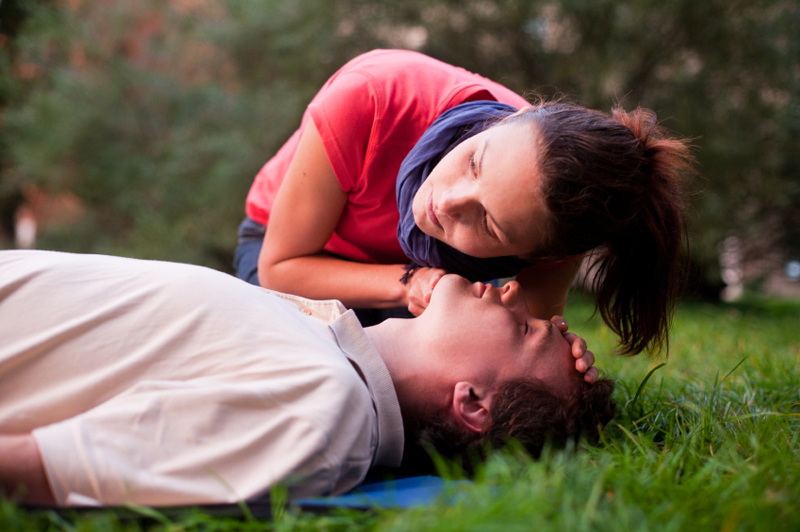Collapsing While Dancing
Post Date: February 1, 2014
This is an archived post. Archived posts may contain outdated or incorrect information.
Last Updated: July 5, 2022
It’s Probably Heatstroke
If some collapses on the dance floor, it’s likely that it’s due to heatstroke. High body temperature is further evidence that this is the case. Heatstroke is characterized by having a core temperature of 103-104F or above, which is extremely dangerous. You can read our comprehensive guide to heatstroke here. In the meantime, here’s how to prevent collapsing and respond if it occurs.
High body temperature can be caused by a combination of factors, including:
- Being in sunlight
- Being in a hot indoor or outdoor space
- Heavy exertion
- Use of drugs that increase core temperature, including MDMA and other stimulants
- Dehydration
Hyperthermia (increased body temperature) can lead to heat exhaustion, which can progress to heatstroke if body temperature rises high enough.
When responding to heatstroke:
- Call a medic first and foremost.
- Get the person to as cool of a place as possible. This might mean taking them outside if you’re inside a venue, or to some shade if you’re outdoors.
- Drench them with water (as cold as possible) using any means you can. Increase the cooling down process by fanning them with anything that’s handy. Focus on places where arteries are close to the skin, like the neck, wrists, armpits, and groin. You’re looking to get their body temperature down to 102F (38.9C). Once their temperature is down to this level, the person should be wrapped in a dry blanket or given some dry clothes to wear. Their temperature shouldn’t be allowed to fall much below 102F or other serious consequences might develop from cooling too rapidly.
- When the medics come, tell them what the person has taken (if you know) and inform them that you think it’s heatstroke.
- If the person regains consciousness, have them drink water if they’re lucid enough to do so safely. At this point the person might start sweating again – this is a good sign.
- The person should be taken to the hospital for observation and proper treatment.
- It may be several weeks or months before the person can dance as much again, and they will need to be extra careful in hot places for a while, too.


